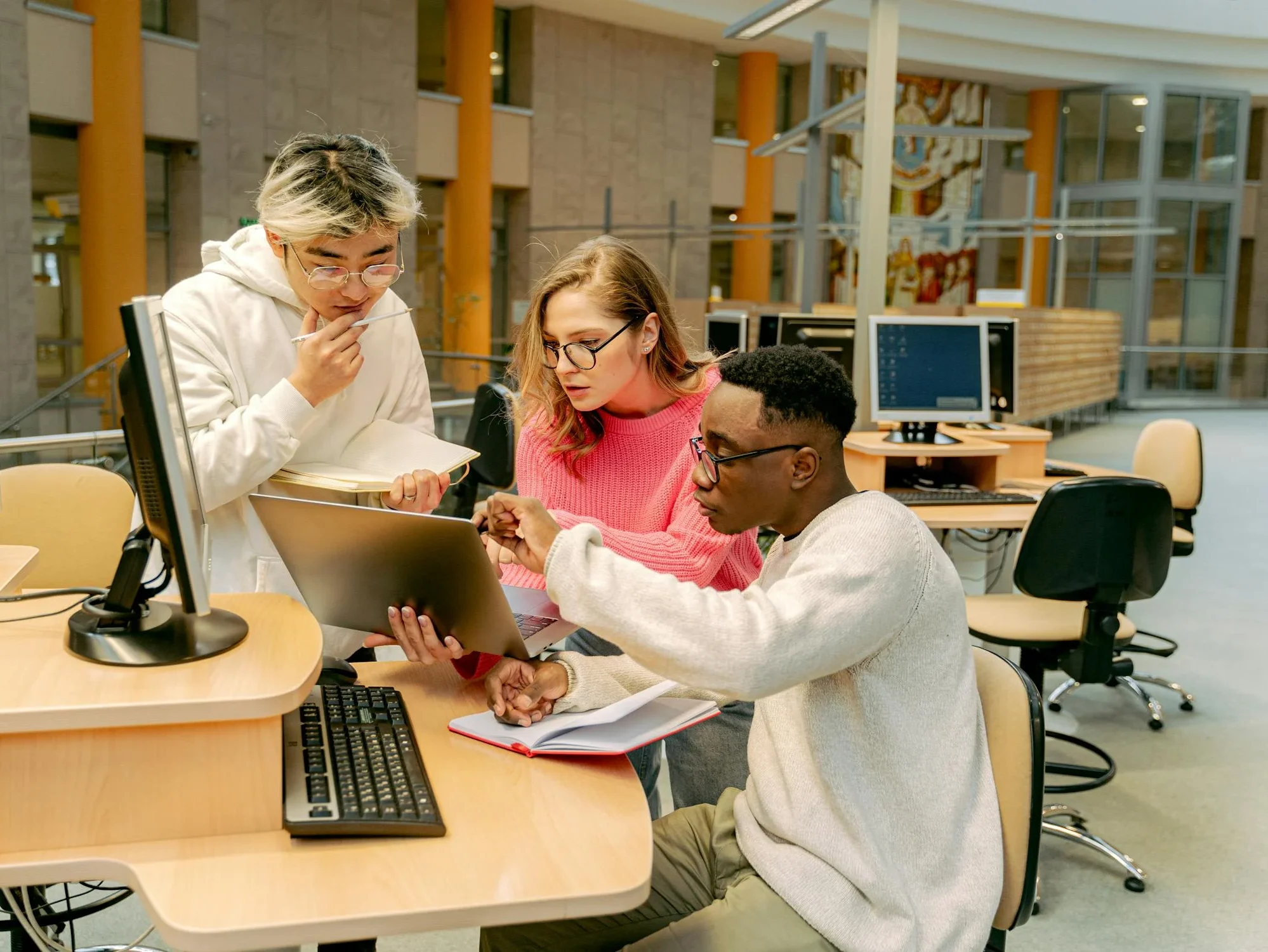9/30/2024
Technology has been propelling human innovation for decades now, serving as the backbone of the modern world. Therefore, it comes as no surprise that technology is considered as a possible avenue for advancing the 2030 Agenda—a commitment made by all countries that took part in the United Nations Summit on Sustainable Development in 2015. The 2030 Agenda is comprised of 17 Sustainable Development Goals (SDGs), which aim to foster the development of “a world of universal respect for human rights and human dignity, the rule of law, justice, equality, and non-discrimination.”
The U.N. is just over five years away from achieving its 2030 Agenda. Some of the issues the SDGs aim to solve can be characterized as “wicked problems.” These problems are deemed as “wicked” because they are riddled with so many independent factors that they seem impossible to solve, especially under a time constraint. The root of these problems is difficult to pinpoint and, due to fluctuating conditions, can’t be narrowed down to a single source. Examples include poverty, education, and climate change. The resolutions for these problems vary and often require multiple versions to accommodate diverse circumstances. However, one approach could influence the betterment of some, if not all, of the SDG components: increasing internet accessibility globally.
Currently, it is estimated that 2.6 billion people don’t have access to the Internet. In 2023, it was estimated that 2 billion people didn’t have access to clean drinking water. In 2022, it was estimated that 712 million people were living in extreme poverty, surviving on less than $2.15 per day. These numbers coincide; there tends to be an overlap between the groups of people grappling with a combination of these challenges. While immediate access to clean water, food, and healthcare is undeniably the highest priority, integrating technology could facilitate long-term solutions by providing access to information and resources that can improve quality of life.
One meaningful improvement can create a wave of positive change. For example, increasing the accessibility of online education. Currently, 260 million children worldwide don’t have access to education. Online education has been progressing for years, and it is estimated to increase by 9.1% by 2026 in the United States. Expanding global access to online education could help ensure every child has the opportunity to learn. Further, increased access to education also empowers women and girls. These new online tools and resources can allow women to break free from traditional gender roles, encouraging them to pursue their interests and progress professionally (SDG 5: Gender Equality).
Online education can also benefit adults by allowing them to gain new skills, advance their careers, or transition into new industries in a flexible manner (SDG 4: Quality Education). This would likely decrease unemployment and increase productivity (SDG 8: Decent Work and Economic Growth). It has been observed that an increase in economic growth can lead to a decrease in poverty (SDG 1: No Poverty), which consequently increases access to resources like food (SDG 2: No Hunger). This chain of reactions can only be realized once equitable access to online education has been made possible.
Bridging the digital divide, “the gap between those who don’t have access to reliable Internet and those who do not,” is an additional challenge to consider. According to UNESCO, “women in Africa, Asia, and South America are 30 to 50% less likely to use the Internet than men, and transmitting a single gigabit of data in sub-Saharan African countries can cost nearly 40% of the average monthly wage.” Advancing internet infrastructure is crucial, especially in underserved regions. Creating public computing centers with public WiFi zones and access to ample computing devices could help achieve this goal. Increased digital literacy and education will also encourage more people to use the resources available.
Technology is not the only approach to solving these “wicked problems,” but it provides tremendous potential. There is no cookie-cutter solution to resolve all 17 Sustainable Development Goals; therefore, it is critical for the United Nations to consider technology as a viable channel for sustainable advancement as they work toward Agenda 2030.

